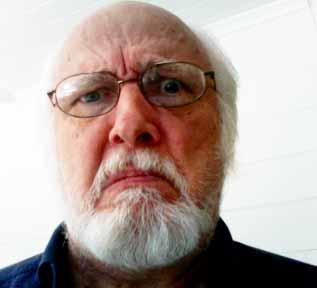A speculative outline of Appiphany as an app supporting the Konsult genre. The purpose of the outline is just to give us a point of departure for the collaboration. The following notes register some of the key categories guiding our design: genre = konsult; knowledge = well-being; form = epiphany; practice = choragraphy.
1. Konsult is a genre for EmerAgency consulting on public policy issues. It is inventional consulting, delivering Arts & Letters knowledge to sites of decision. The genre works in the middle voice, meaning that it is reflexive: the primary recipient of the consultation is the egent. It does not compete with conventional consulting, but complements and supplements them, to articulate a dimension of decision neglected within current practice. The app enables a crowd-sourcing of consultations into a collective egency.
2. The specific knowledge addressed in Appiphany is well-being. The digital apparatus takes up a third axis of Being, supplementing orality (right/wrong) and literacy (true/false) with electracy (attraction/repulsion, pleasure/pain, joy/sorrow). Orality addressed well-being as virtue (happiness); literacy addressed it as reason (utility, self-interest). Electracy opens to ontology the embodied dimension of desire, jouissance. The treatment of thriving in terms of justice as a right to human capacities (Sen, Nussbaum) provides a focus for our experiment.
3. The form to be designed and tested is epiphany (a device organizing the work of many modernist authors, philosophers, and artists). The principle is that the logic of electracy was invented by the avant-garde, beginning in 19th-c Paris. Epiphany is an interface event, marking a threshold of exchange between an egent (inside) and a scene (outside). The goal is a group epiphany (appiphany), creating a collective singularity, by means of which egents experience and recognize the agency of their collective embodiment as cause of disaster. Collective embodiment may not be achieved directly, but must be undergone aesthetically, enabled through augmentation and intensification of sensory, affective, perceptual, mnemonic experience.
4. The practice structuring the epiphanies is choragraphy. The disaster site is constructed as chora through egent mapping of forces and their discursive and figural expression. Chora is a holistic mode of organization, establishing istopic networks of correspondences across the popcycle institutions (entertainment mythology, community history, specialized knowledge). This aspect of chora is familiar to practitioners of mystory. The new element introduced in this interface is to use the capacity of taste to structure the network: the map shows the pathematics of passage connecting the personal human sensorium (the 5 senses, or 6 counting desire) with the technics and institutions of social history.
Each of these points needs to be unpacked. Questions and alternative survols welcome.

